Cayman Islands
Cayman Islands

Grand Cayman
Ever seen a living dinosaur? Well, the Grand Cayman blue iguana comes close, with its prehistoric look and blue scales. Once on the brink of extinction, these remarkable creatures have made an astonishing comeback on their island home.
Discover the captivating story of Grand Cayman’s azure dragons and learn how you can encounter these rare reptiles up close.
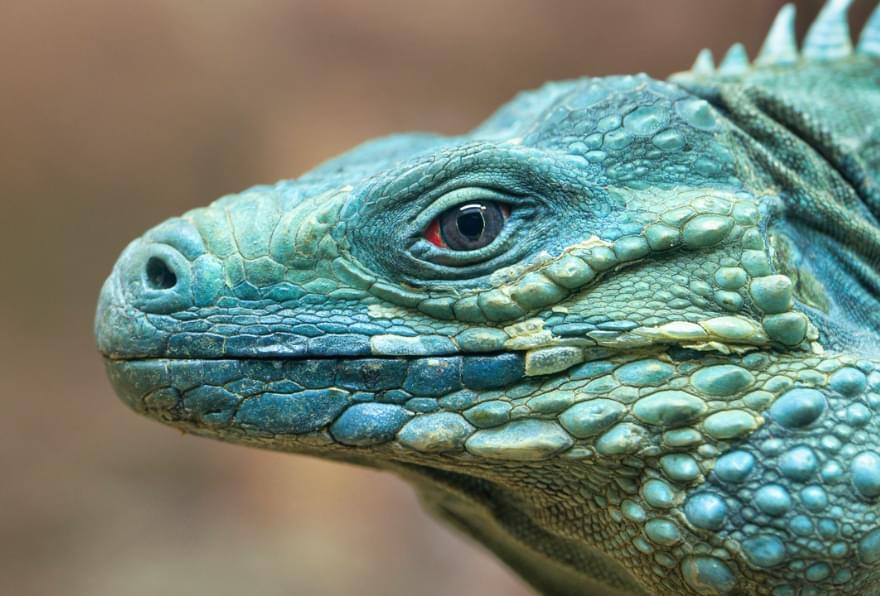
This uniquely blue Grand Cayman iguana is a sight to behold. With their piercing red eyes and dragon-like appearance, these iguanas seem like they’ve stepped right out of a fantasy novel.
Interesting Fact: The “third eye” is actually a photosensitive organ that helps them detect changes in light and movement from above.
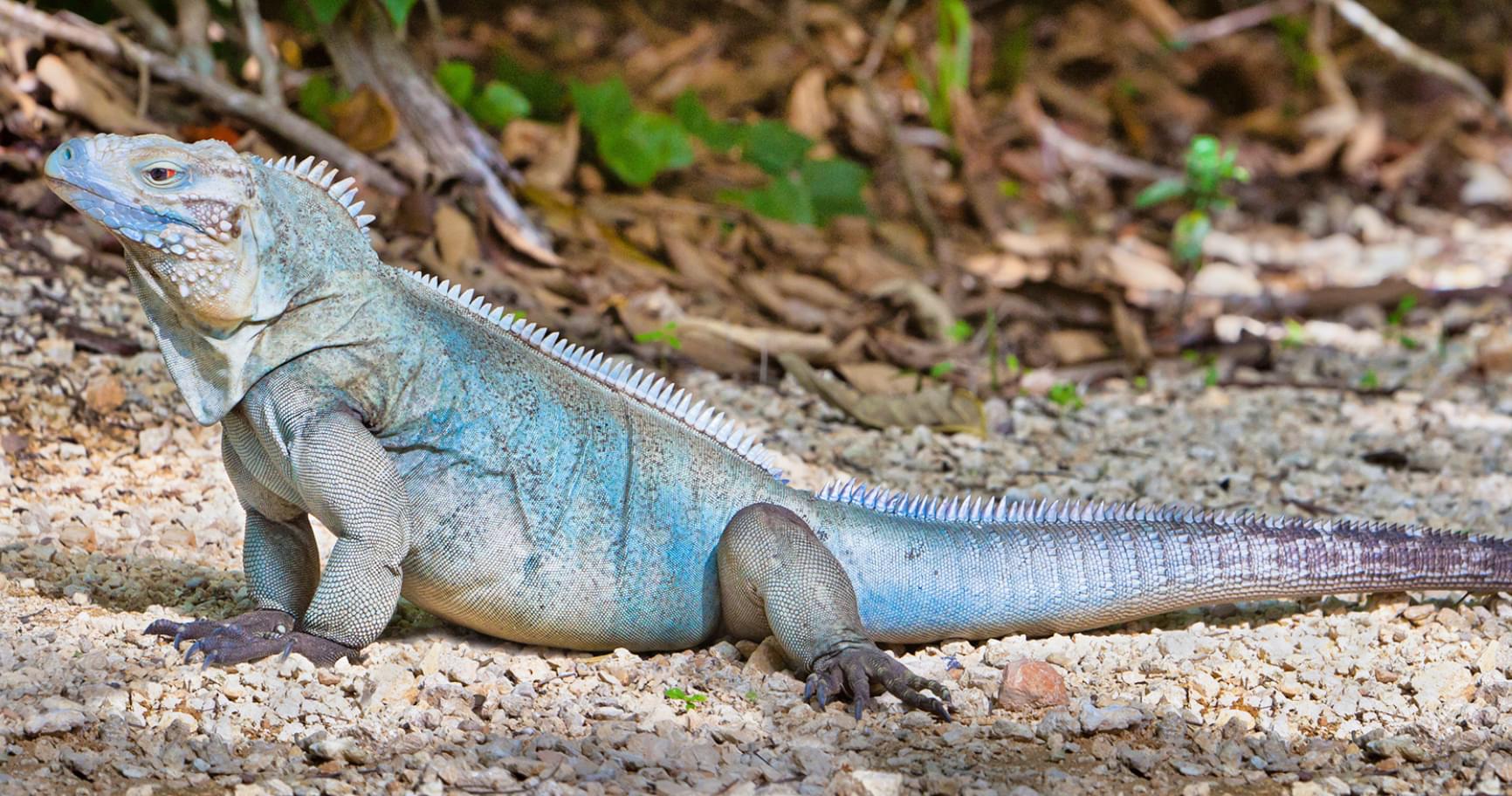
The Grand Cayman iguana has long been part of local folklore and legends. These stories, passed down through generations, often portray the blue iguana as a mystical creature with special powers. While these tales may be more fiction than fact, they highlight the deep connection between the Caymanian people and these ancient reptiles.
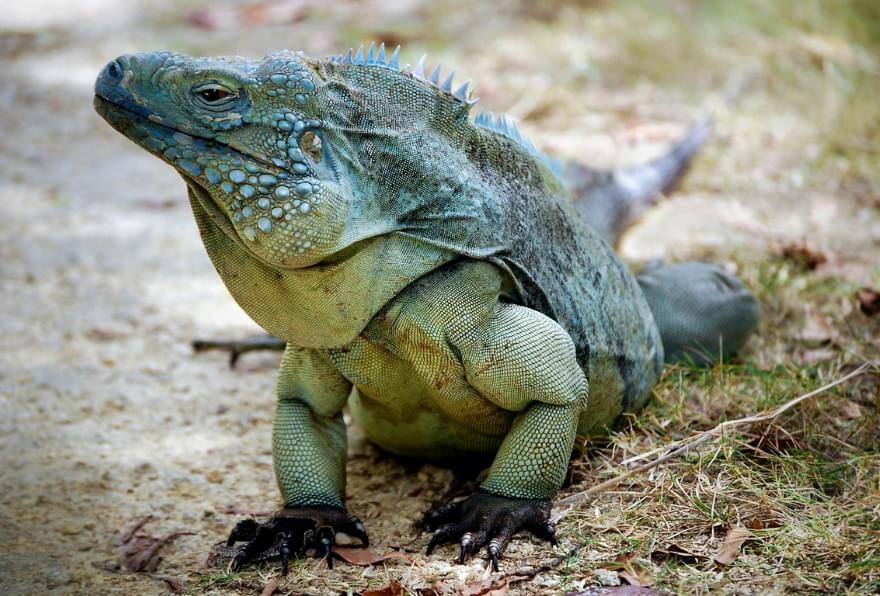
The blue Grand Cayman iguana has a fascinating evolutionary history that spans millions of years.
These unique reptiles have adapted to the island’s environment, developing distinctive features that set them apart from their ancestors.
These iguanas are believed to have arrived on Grand Cayman millions of years ago, likely drifting on vegetation rafts from Cuba. Over time, they adapted to the unique environment of the island, developing their distinctive blue coloration and large size.
The story of the Grand Cayman blue iguana is a testament to the power of conservation. In 2002, their wild population had dwindled to just 25 individuals.
Thanks to dedicated efforts, their numbers have since rebounded dramatically. This success story involves captive breeding, habitat restoration, and community engagement.
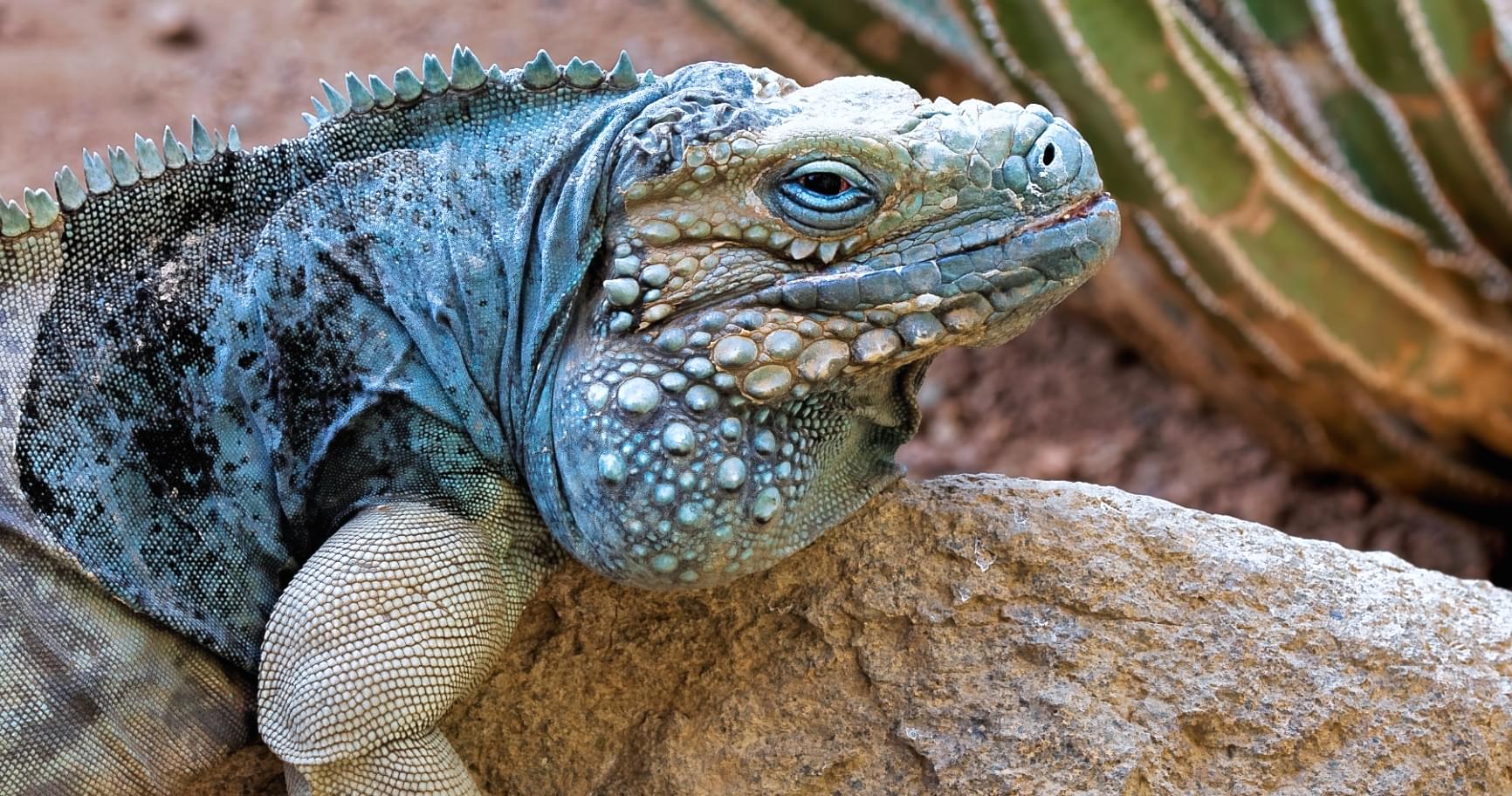
The blue Cayman iguana is primarily herbivorous, with a diet that reflects the native flora of Grand Cayman. These iguanas play a crucial role in seed dispersal, helping to maintain the island’s ecosystem.
In their natural habitat, Cayman blue iguanas display a range of fascinating behaviors. These solitary reptiles are territorial and have complex social structures.
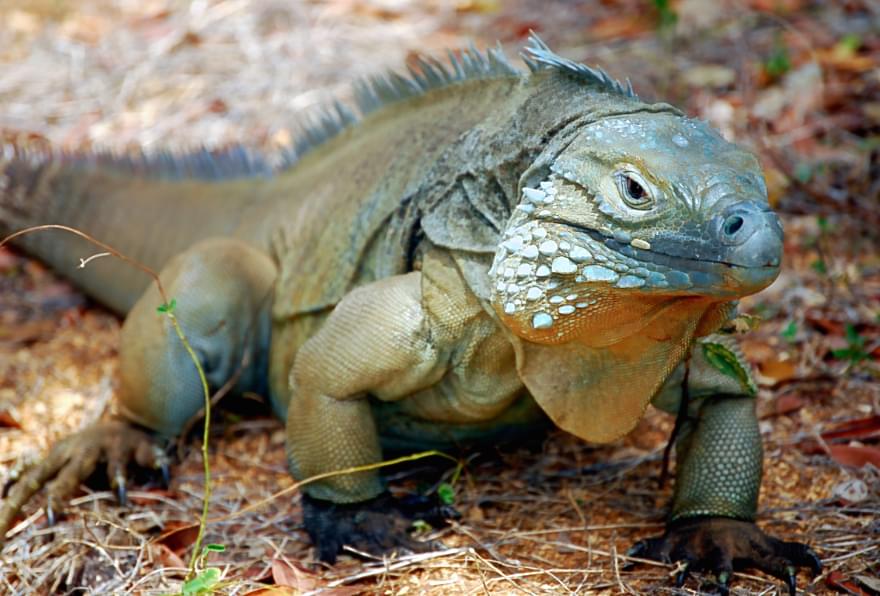
They’re most active during the day, basking in the sun to regulate their body temperature and foraging for food.
Behavior Fact: Blue iguanas have been observed using the same basking spots and sleeping areas for years, showing a strong attachment to specific locations.
While the blue iguana in Cayman is the most famous of Grand Cayman’s reptiles, it’s not the only iguana species on the islands. Comparing these different species helps us understand the unique adaptations and challenges faced by each.

While both species are found on Grand Cayman, the blue iguana and green iguana are pretty different.
Blue iguanas are native to Grand Cayman, while green iguanas are invasive. Green iguanas were introduced as pets and now thrive due to various factors.
The Cayman Brac rock iguana, also called the Sister Isles rock iguana, is a close relative of the Grand Cayman blue iguana. Despite their similarities as rock iguanas, they have developed distinct characteristics due to their isolation on separate islands.
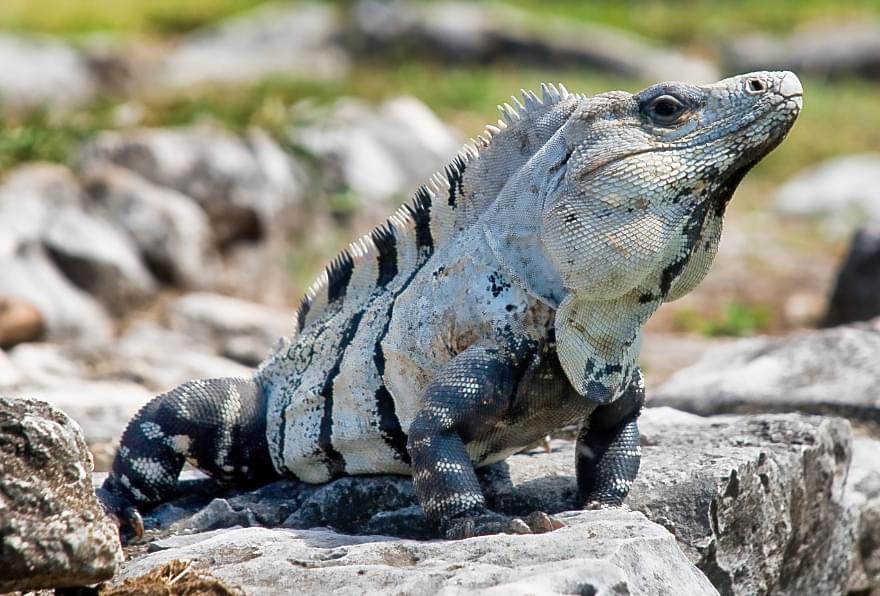
The Cayman Brac rock iguana, found exclusively on Cayman Brac, faces its own unique conservation challenges, including habitat loss and invasive species.
Whether you’re on Grand Cayman or Cayman Brac, keeping these rare reptiles safe helps preserve the natural beauty and biodiversity of the islands for everyone to enjoy!
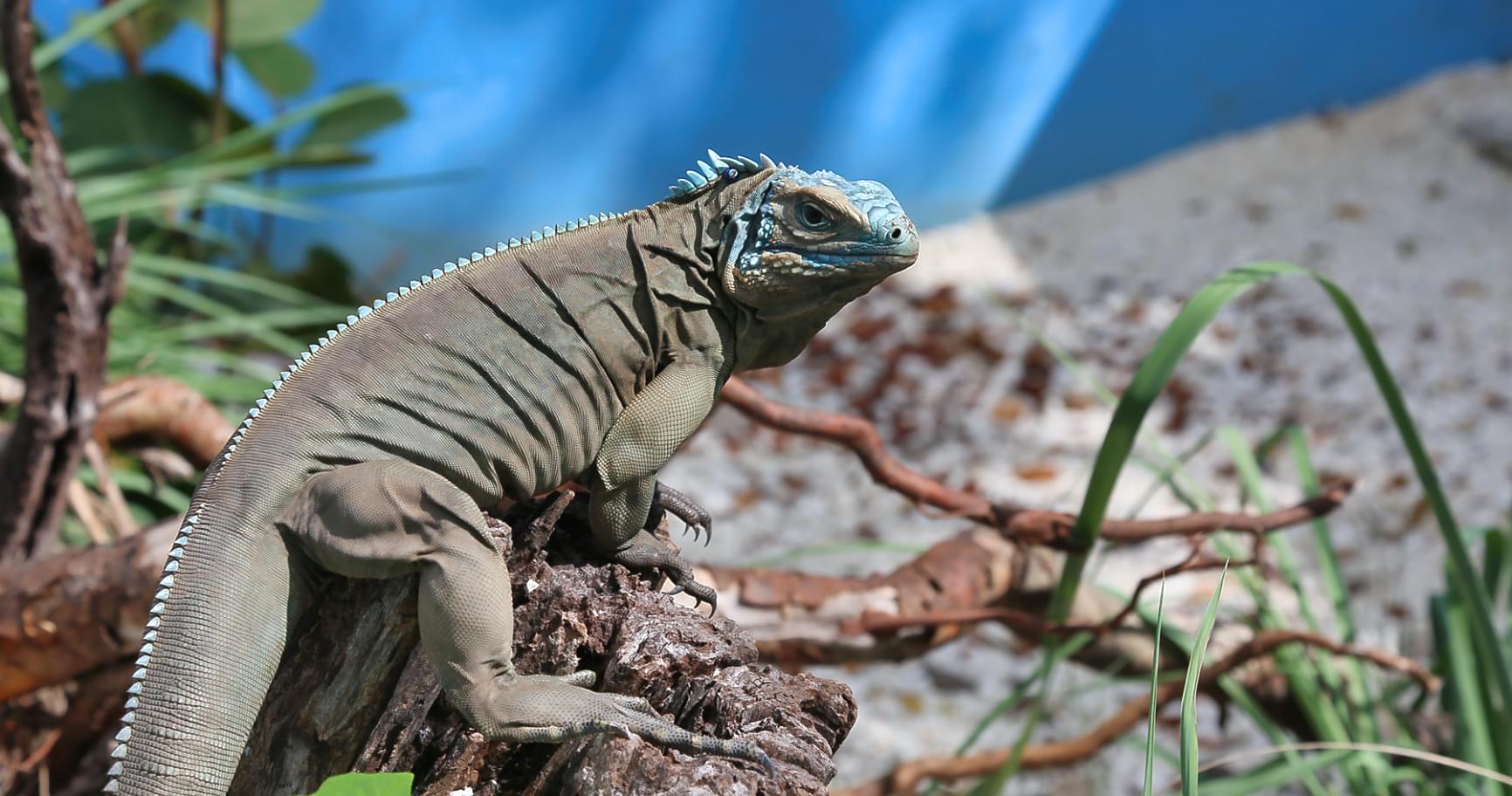
The sanctuary offers visitors the chance to see blue iguanas up close in a safe, protected environment and learn about their importance to the island’s ecosystem.
Despite conservation successes, the Grand Cayman blue iguana still faces numerous challenges.
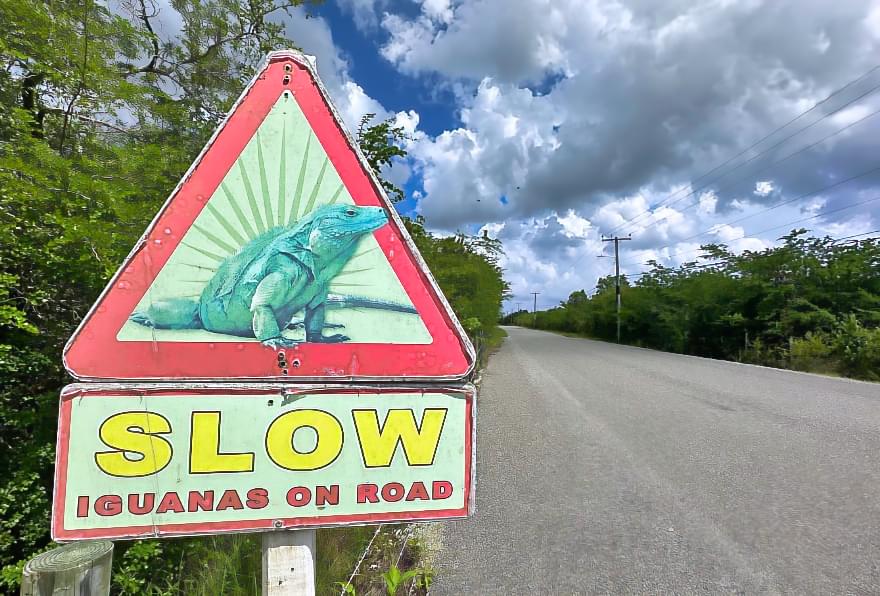
Ongoing vigilance and continued efforts are necessary to ensure their long-term survival. Current threats include both direct dangers to iguanas and broader environmental issues linked to human activity.
Ongoing Challenge: Educating local communities and visitors about the importance of blue iguana conservation remains a key focus of conservation efforts.
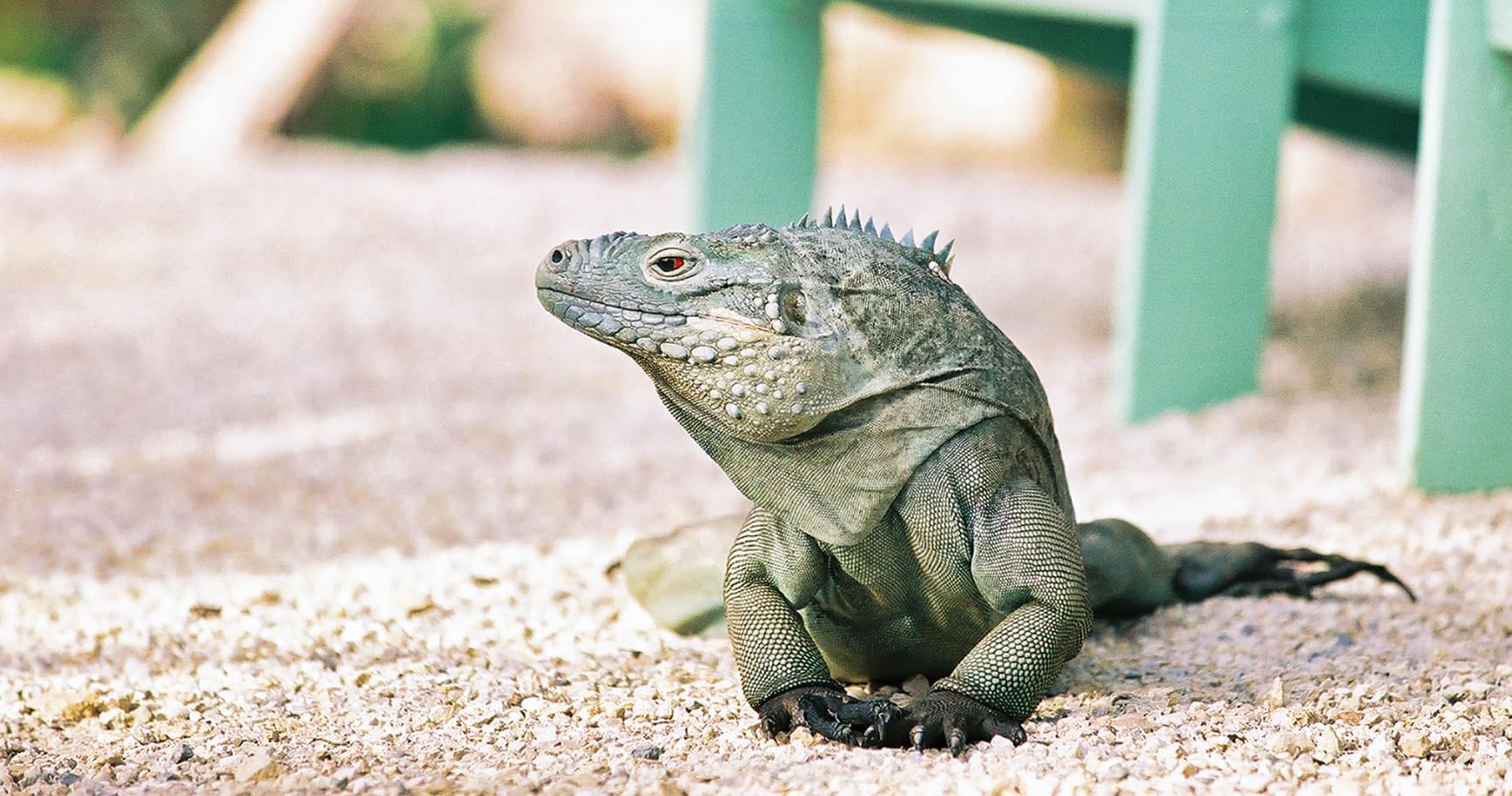
The sanctuary offers a unique opportunity to learn about and observe these rare iguanas in a protected environment. It’s an educational and inspiring experience for nature lovers and conservation enthusiasts.

The Queen Elizabeth II Botanic Park offers both guided and self-guided tours that include the blue iguana Cayman habitat.
Guided tours provide in-depth information about the iguanas and the conservation program, while self-guided tours allow visitors to explore at their own pace. Both options offer a chance to see these magnificent creatures in a natural setting.
Tour Highlight: Guided tours often include a feeding demonstration, showcasing the iguanas’ natural behaviors and dietary preferences.
Spotting a Grand Cayman blue iguana in the Botanical Park is like stumbling upon a living dinosaur. When you see one basking in the sun, you can’t help but feel amazed at nature’s resilience. So, pack your camera and sense of adventure, and enjoy this unforgettable experience!

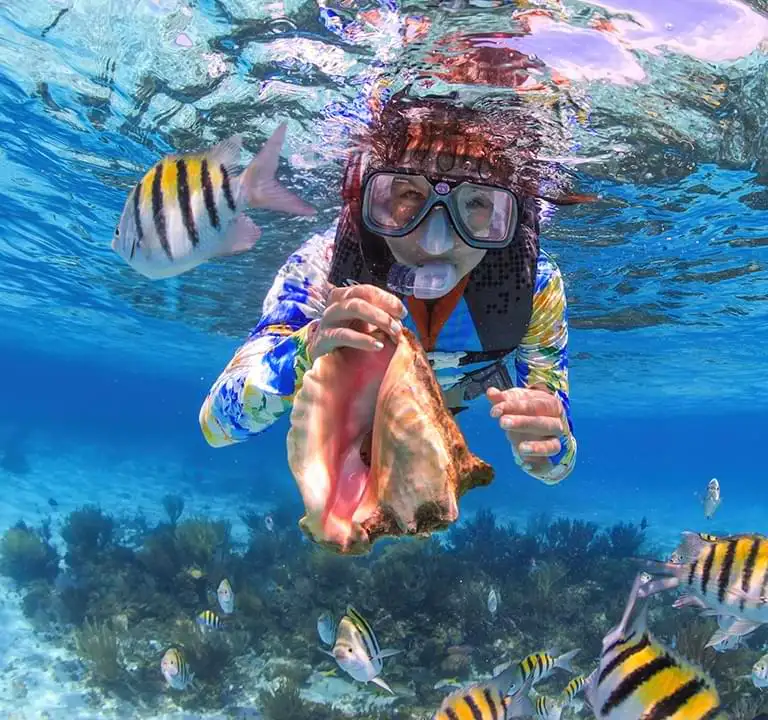
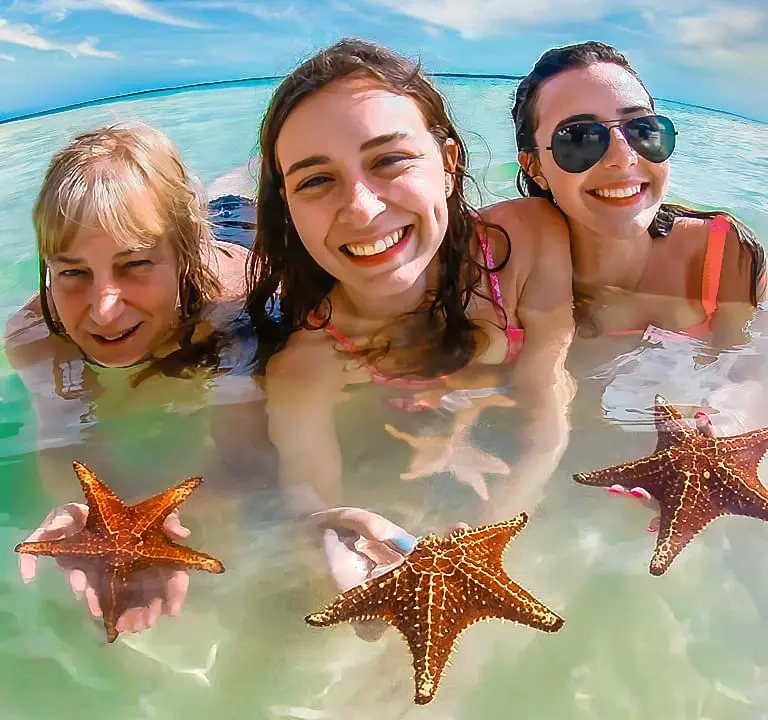
Effortlessly create your family’s dream trip using our innovative online tool, offering you full control and ultimate ease when planning.